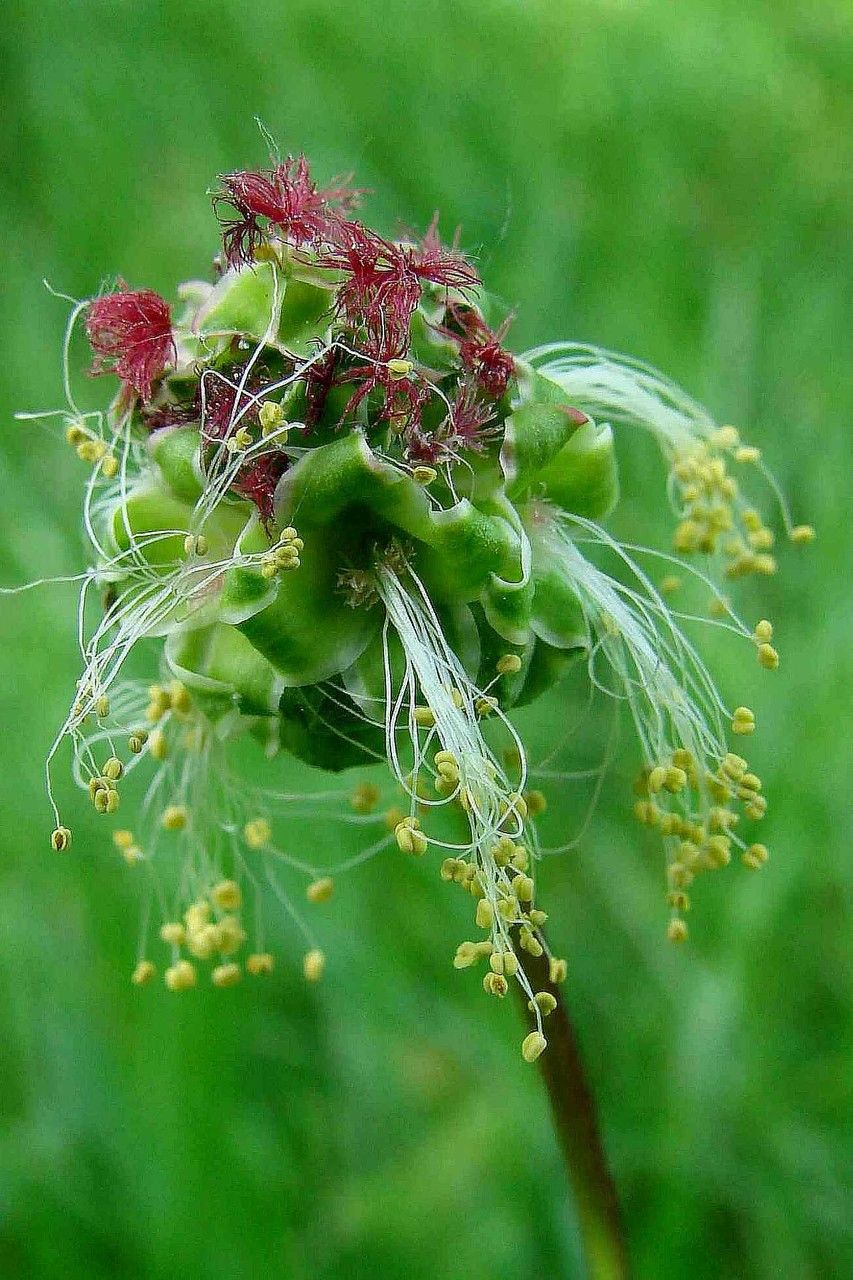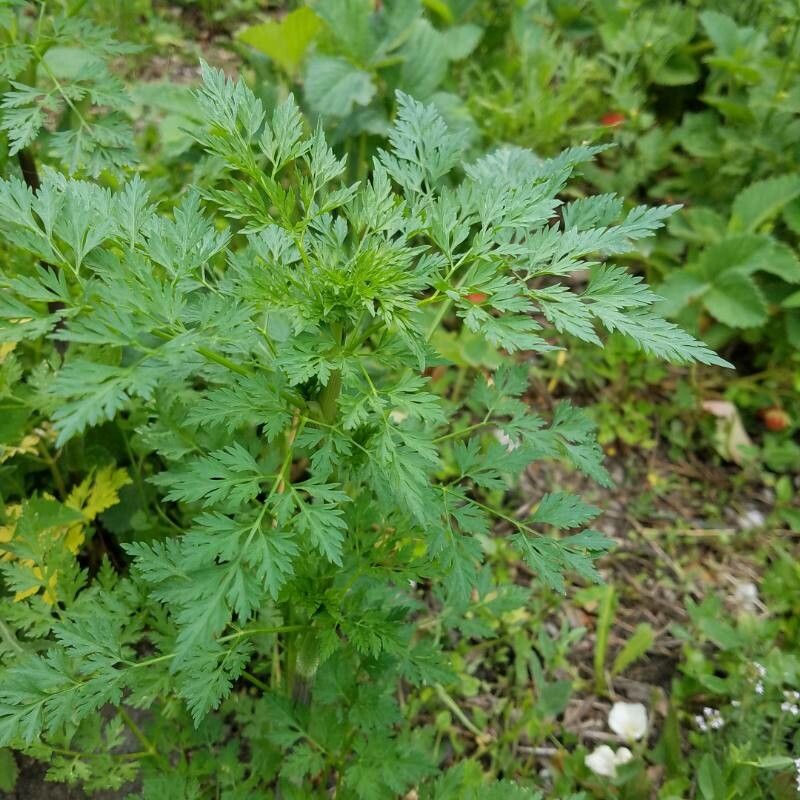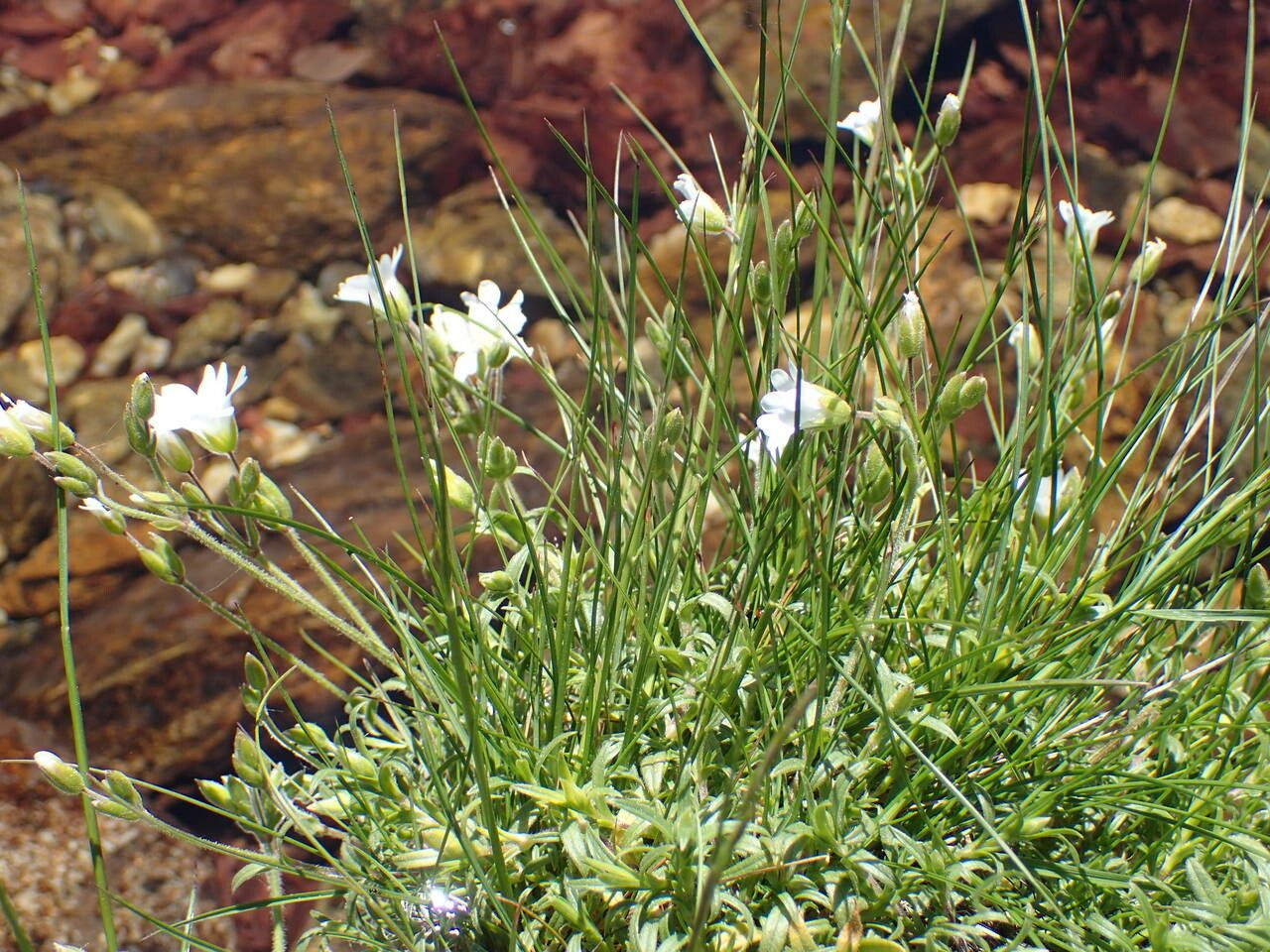## Garden Burnet: A Culinary and Medicinal Marvel
Garden Burnet ( *Sanguisorba minor*) is a charming and incredibly useful perennial herb belonging to the Rosaceae family, the same family as roses, apples, and strawberries. This unassuming plant boasts a surprisingly long history, valued for both its culinary and medicinal properties for centuries. Its delicate, cucumber-like flavor makes it a welcome addition to salads, while its astringent properties have been traditionally used for various health purposes.
### Habitat and Growth
Garden Burnet thrives in a variety of conditions, making it a relatively low-maintenance addition to any garden. It prefers full sun to partial shade and well-drained soil, though it's remarkably tolerant of drought once established. Its finely divided, fern-like leaves add a delicate texture to the garden, and its small, reddish-brown flower heads provide visual interest throughout the summer. It can grow to about 1-2 feet tall and wide.
### Culinary Uses
The leaves of Garden Burnet are the most commonly used part of the plant. Their refreshing cucumber-like flavor makes them a delightful addition to salads, soups, and stews. They also pair well with fish, poultry, and cheeses. Try adding finely chopped leaves to your favorite vinaigrette or use them as a garnish for a summer salad. The subtle flavor of Garden Burnet won't overpower other ingredients, enhancing them instead. Experiment with adding it to dips, pestos, or even as a flavorful addition to butter for sandwiches.
### Medicinal Properties
Historically, Garden Burnet has been used for its astringent and slightly antiseptic properties. Traditionally, it was used to treat diarrhea and other digestive issues. It’s important to note that while Garden Burnet has a history of medicinal use, modern scientific research on its medicinal applications is limited. Always consult with a healthcare professional before using Garden Burnet or any other herb for medicinal purposes.
### Propagation and Care
Garden Burnet is easily propagated from seed, sown directly in the garden in spring or fall. It can also be propagated by division in spring or fall. Once established, it requires minimal care, making it a perfect choice for beginner gardeners or those with busy lifestyles. Water regularly during dry periods, especially during the first growing season. Deadheading spent flowers will encourage continued blooming.
### Pest and Disease Resistance
Garden Burnet is generally pest and disease resistant, adding to its ease of cultivation. However, it's important to monitor your plants for any signs of pests or disease and take appropriate action if necessary. Good garden hygiene is always important for preventing problems.
### Conclusion
Garden Burnet is a versatile and attractive addition to any garden. Its ease of cultivation, culinary versatility, and historical medicinal use make it a valuable plant for home gardeners and culinary enthusiasts alike. Embrace this unassuming herb and discover its many delights!
Garden Burnet: Grow This Hardy Herb

Frequently Asked Questions
How to grow Garden Burnet from seed?
Sow seeds directly into well-drained soil in spring or fall. Maintain moisture until germination. Thin seedlings to about 6 inches apart.
What are the culinary uses of Garden Burnet?
Garden Burnet leaves have a refreshing cucumber-like flavor. Use them in salads, soups, stews, as a garnish, or in dips and pestos.


